Guernica 1937
Technique: Oil on canvas
[br]Dimensions: 349,3 x 776,6 cm
Category: Painting
Museo Nacional Centro de Arte, Reina Sofia, Madrid, Spain
Observations: The government of the Spanish Republic acquired the mural "Guernica" from Picasso in 1937. When World War II broke out, the artist decided that the painting should remain in the custody of New York's Museum of Modern ...
- Credit:
- Image may be subject to copyright.
More from this artist...
Loading...
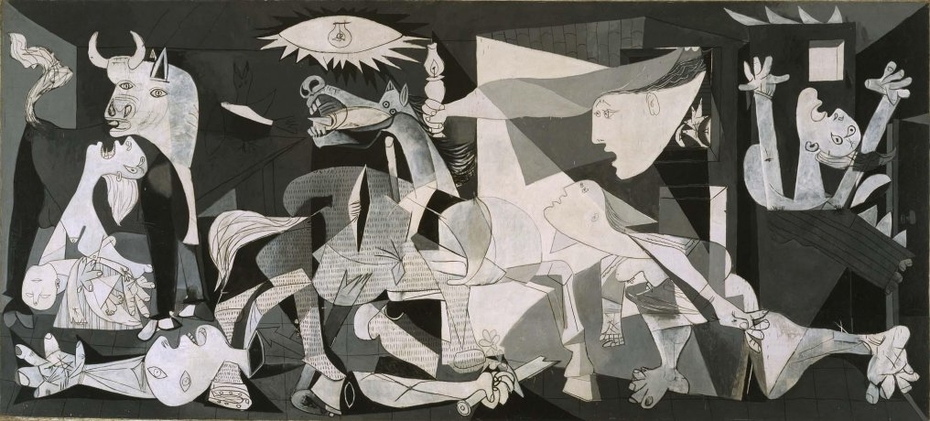
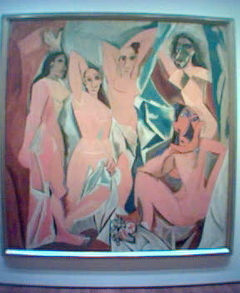

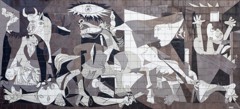

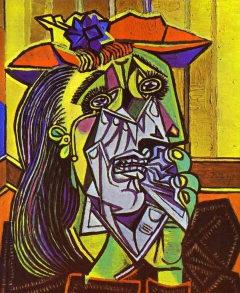

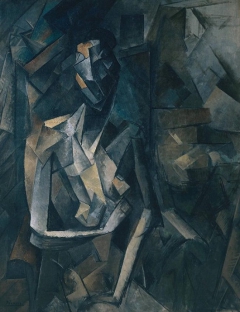

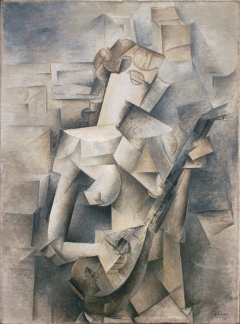
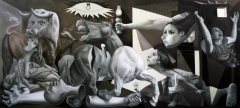
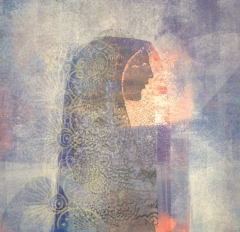
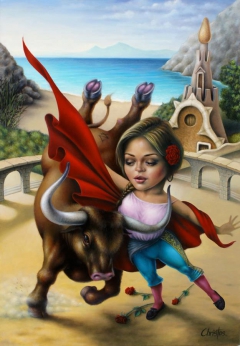
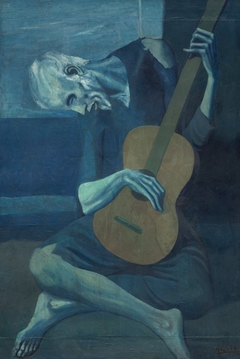
Discussion
Comments